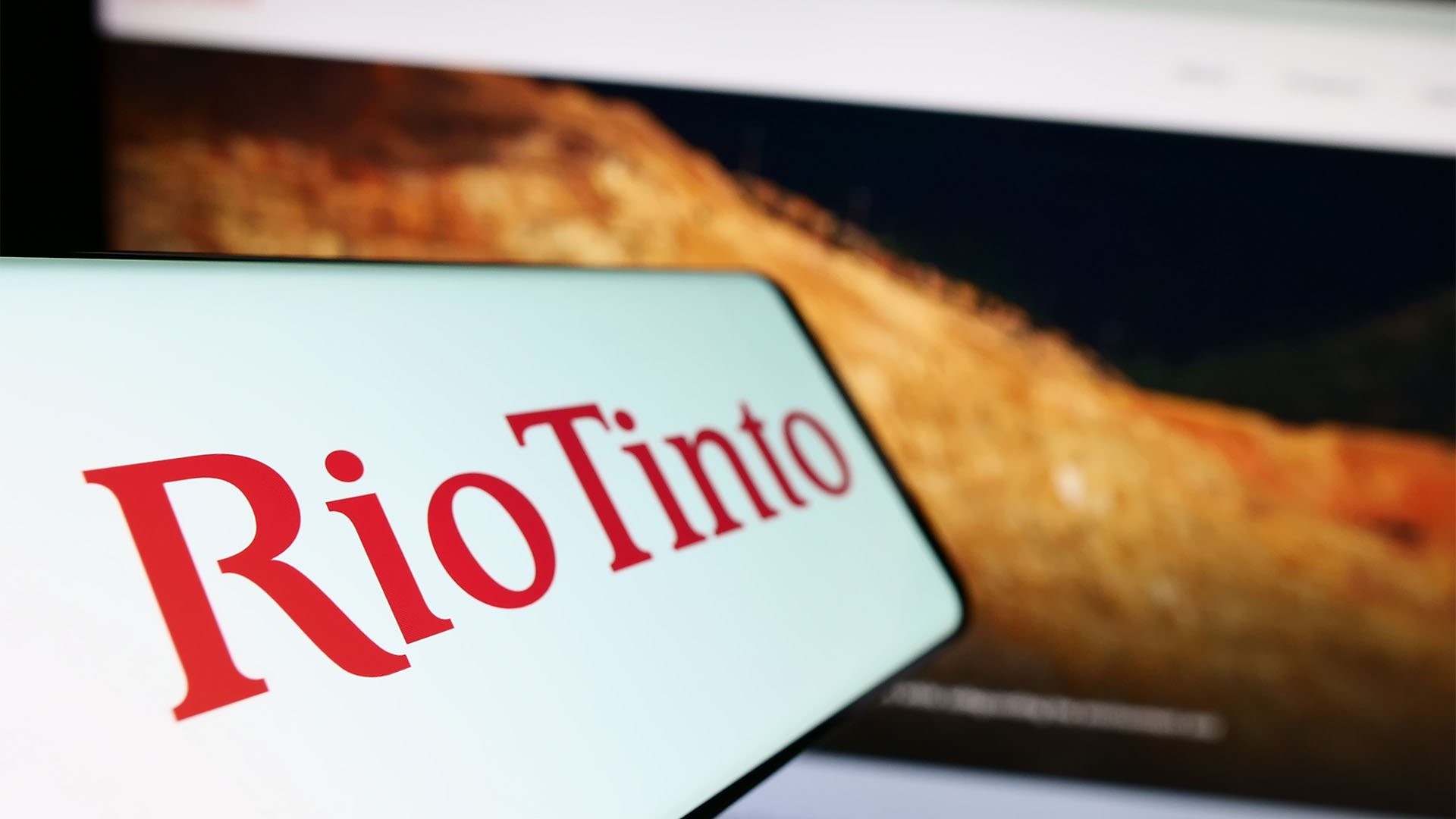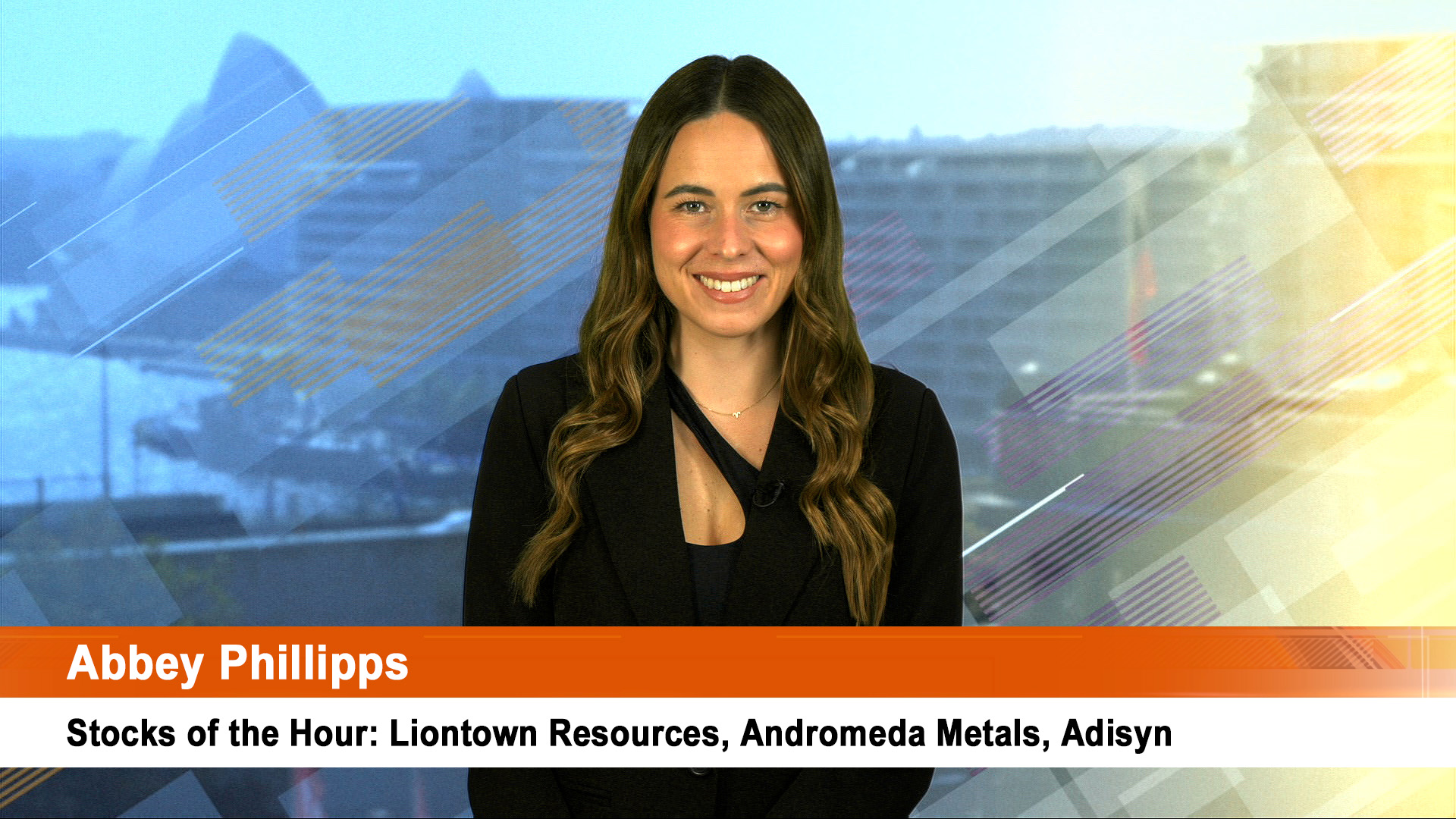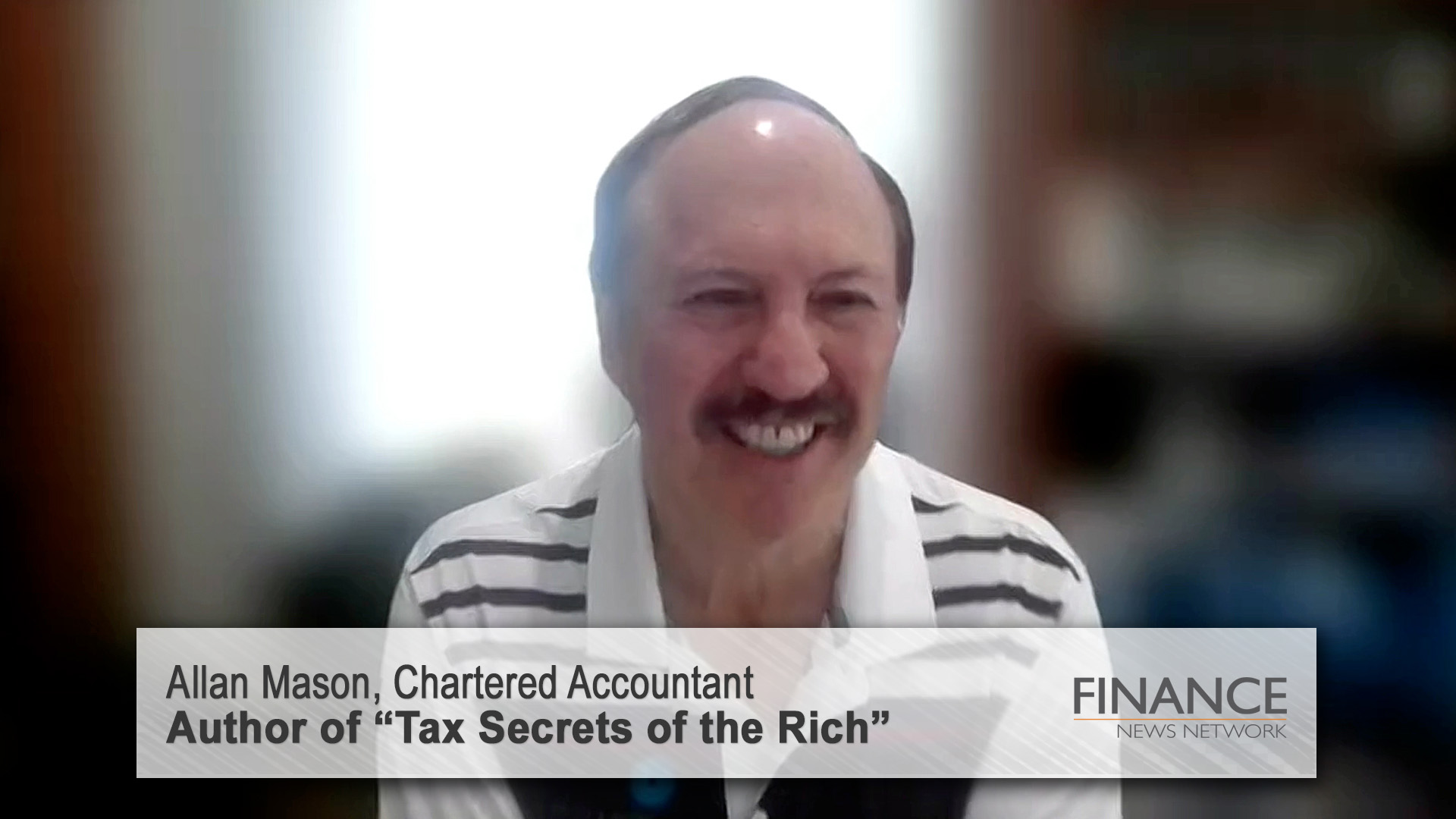It was a telling contrast, the day BlueScope Steel cuts 1,000 jobs, closes two steel plants and reveals a loss, including write-downs totalling $1.05 billion, its smaller competitor, OneSteel reveals plans to spend another half a billion dollars expanding its iron ore export business.
The market reacted accordingly: BlueScope Steel shares lost 8c or more than 10% at one stage to a low of 70c before recovering to end down 4c at 74c, a fall of 5.7% on the day.

OneSteel shares rose, and then fell to end off 1c or less than 1% at $1.34 a weaker afternoon of trading yesterday.
OneSteel shares rose to a high of $1.375 during trading as investors reacted positively to news of an expansion in its profitable iron ore business.

The steel industry is being pressed by weak demand and the strong Australian dollar, but the price differential between the share prices of the two steel groups tells us that one is floundering and the other has at least found a way out of the black hole.
As widely tipped yesterday morning BlueScope Steel confirmed that it will close two of its production facilities and cut 1,000 jobs as part of a restructure aimed at returning it to future profitability.
The company said it will shut the smaller number six blast furnace at Port Kembla, south of Sydney, and close its Western Port hot strip mill in near Melbourne.
The blast furnace closure will result in 800 job losses, while 200 jobs will be cut at Western Port.
Contractors and suppliers will also be affected by the closures, BlueScope said.
The company also reported a $1.054 billion net loss for the year to June 30, which compares to a $126 million profit in the previous corresponding period.
Of course there was no dividend for shareholders.
"We are experiencing significant economic challenges and structural change in the global steel industry," chairman Graham Kraehe said in the statement.
Mr Kraehe said the closure of the plants will better align BlueScope’s production with demand from Australia, and the company will no longer export its products.
"The restructure announced today will produce a more viable and sustainable Australian steel business and allow us to focus clearly on domestic markets and international growth opportunities," Mr Kraehe said.
"We are committed to making steel in Australia and can now prioritise our resources and efforts towards even better service for our domestic customers."
Managing director Paul O’Malley said the changes would deliver a material improvement in earnings and cashflow, reduce export losses and reduce earnings volatility.
"It’s the right decision for the long-term viability of our business," he said in yesterday’s announcements.
"The company has the support of its lenders to undertake the restructure.
The high Australian dollar, low steel prices and high raw material costs were being compounded by low domestic steel demand, Mr O’Malley said.
Export sales delivered a $487 million earnings loss in the year to June, BlueScope said yesterday.
Total sales revenue of $9.112 billion was up 6% from the 2010 financial year, thanks to higher international and domestic selling prices, and partially offset by the high exchange rate.
BlueScope’s underlying net loss, which takes out the impact of asset write downs, was $118 million, compared with an underlying profit of $113 million in the previous corresponding period.
The company restructure will involve one-off costs of between $400 million and $500 million, which will impact upon the company’s financial performance in the first half of the current financial year.
The Federal Government will give the company early access to compensation to be paid under the still to be passed carbon tax to help pay for the restructuring.
Mr O’Malley forecast a significant net loss in the first half (because of the costs of the restructuring), and a small underlying net loss from operations.
The company said it would provide an update at the company’s annual general meeting in November, as it does every year.
Meanwhile the contrast with OneSteel was telling.
It revealed yesterday that it would pay $346 million for iron ore reserves near its blast furnace and existing mines in South Australia from WPG Resources Ltd.
That will allow it to focus more on its booming iron ore exports with plans to double output to 12 million tonnes a year by the end of 2012.
That will cost around $200 million, mostly spent on expanding the port facilities at Whyalla, meaning a spend of more than half a billion on this expansion, on top of a similar amount to get the iron ore export business up and running from 2004 to 2008.
That involved the company switching iron ore feeds at Whyalla from higher quality hematite ore to lower grade magnetite.
That magnetite is upgraded into pellets and fed into the furnaces, while around 6 million tonnes of year of iron ore (high and medium grades) has been exported for the past two financial years.
That has supported the company in the current downturn in demand and the impact of the higher dollar and will help finance the new expansion, just as it has helped OneSteel pay for a near $1 billion move into mining consumables used in the copper, gold and other industries where steel based "grinding media: is needed by mining companies in Australia, A













